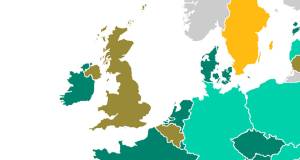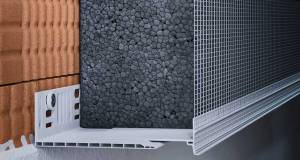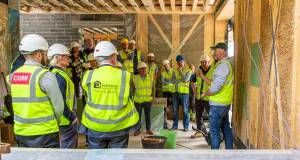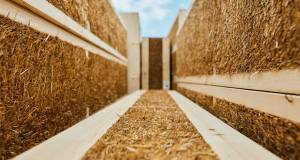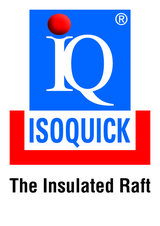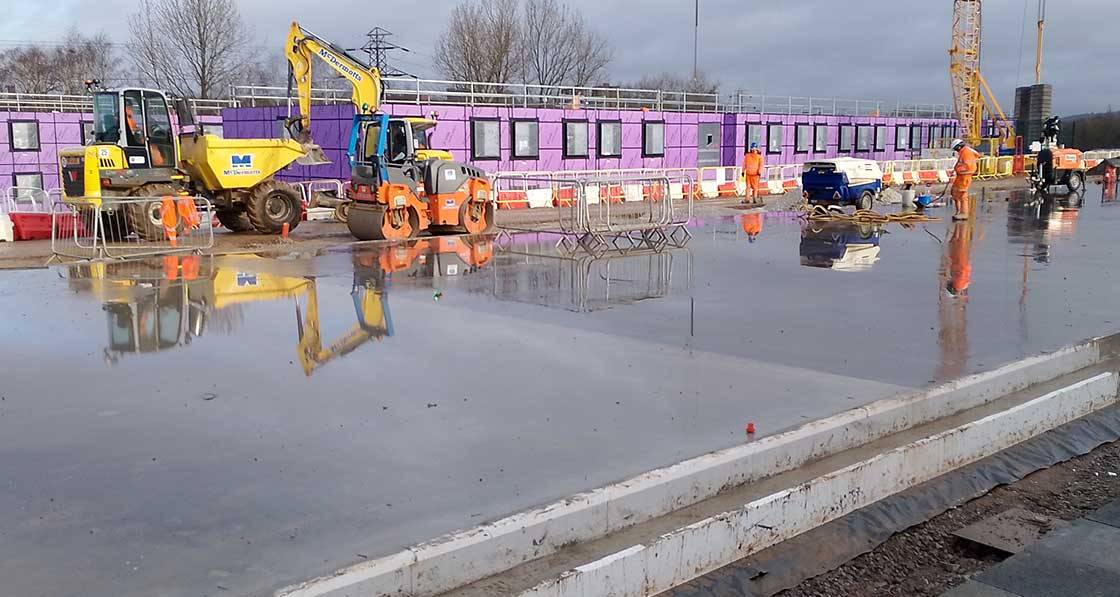
- Marketplace
- Posted
Build Homes Better updates Isoquick certification to tackle brick support challenge
Build Homes Better has secured an updated KIWA Agrément certificate for its Isoquick insulated foundation system, adding a brick support detail that solves a critical structural requirement set by leading warranty providers including the National House Building Council (NHBC).
The update addresses a longstanding challenge in low-energy construction: how to support a brick outer leaf while maintaining thermal performance and satisfying structural requirements around differential settlement.
Insulated foundation systems like Isoquick eliminate thermal bridging by keeping perimeter EPS insulation continuous with wall insulation. However, brick rainscreen cladding sits outside this perimeter insulation, traditionally requiring builders to create additional formwork and pour a concrete ring beam for support.
During discussions the NHBC identified differential settlement as a key concern, requiring a structural link between the element supporting the bricks and the element supporting the main slab. Without this connection, uneven loading of the insulation beneath the concrete could cause problems.
Build Homes Better's patented solution uses a resin composite I-beam—a resin composite reinforced pultruded profile—that runs horizontally through the perimeter insulation, connecting the exterior ring beam to the main interior slab. The detail functions like a balcony connector applied horizontally in the foundation rather than vertically.
"We realised years ago that for all Isoquick's strengths, it would never go mainstream without a solution for a brick outer skin," said Jonathon Barnett, general manager of Build Homes Better and a certified passive house consultant. "During discussions with NHBC, building control and other warranty providers, it became clear that any solution must address differential settlement, in a robust way, but still needed to perform thermally."
The resin composite material proves critical to the detail's performance. While stainless steel could meet Eurocode and NHBC structural requirements, the thermal bridging would be substantial. The resin composite provides the necessary structural connection whilst eliminating thermal bridging entirely.
The solution also allows for a smaller ring beam, reducing concrete consumption, and level groundworks without thickenings whilst maintaining structural integrity.
The system has been deployed at scale on the Willmott Dixon delivered 750-unit Staffordshire University Student Village, where six buildings use Isoquick foundations. The development features four-storey light gauge steel frame construction with steel-concrete composite floors, with three storeys clad in brick.
The updated brick support detail has also been successfully implemented on NHBC-covered projects, including work for a private housing developer and a 61-home mixed-use passive house scheme for East Suffolk Council.
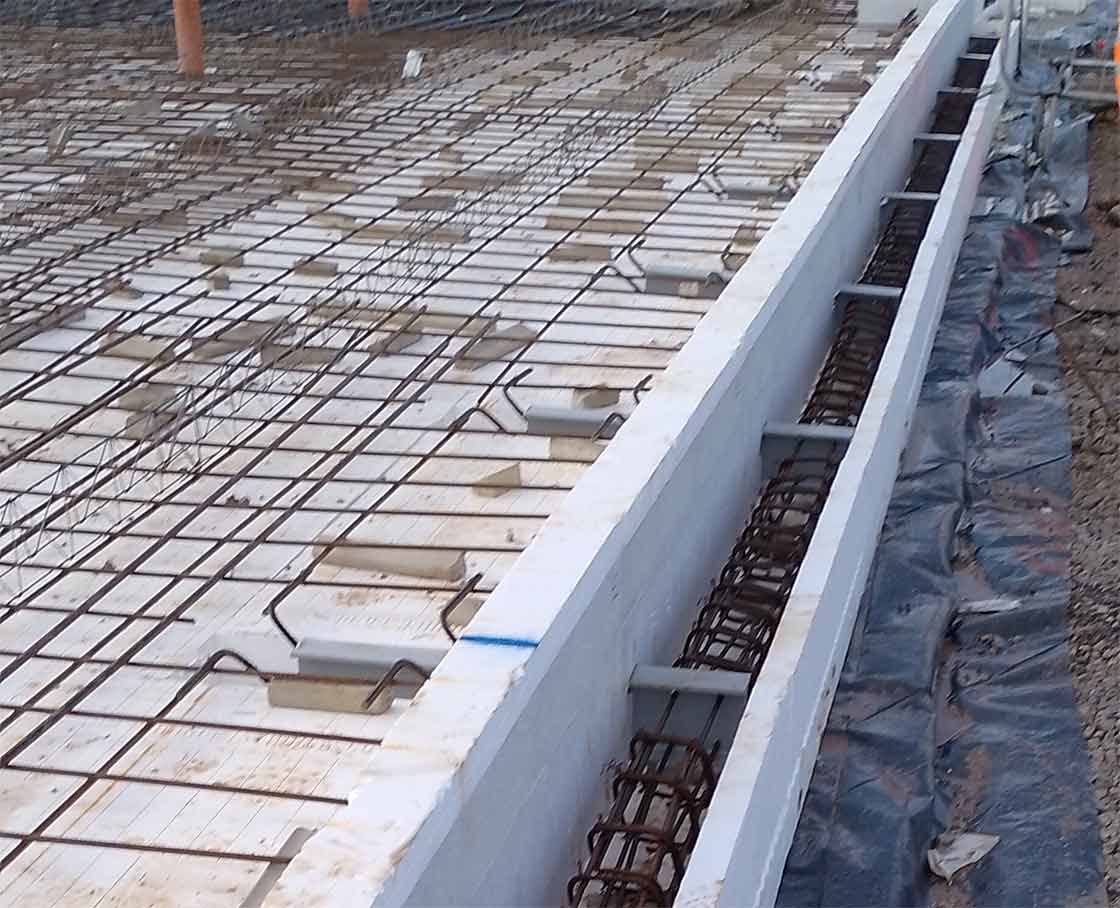
Manufactured in the UK, the Isoquick system is a certified passive house component featuring an interlocking formwork design that enables simple, fast installation on site. With a track record including high-profile UK projects such as the Architype-designed UEA Enterprise Centre in Norfolk, it is one of the longest-standing brands in passive house construction in the UK.
The updated certification reflects Build Homes Better's focus on operating at the interface between sustainability ambitions and real-world buildability. Barnett has witnessed problematic on-site workarounds when details fail to align with practical building requirements.
"We've watched some block-headed workarounds that site teams have had to turn to when trying to make particular details work," Barnett said.
"Our approach is about developing solutions that make everyone's life simpler, reduce built cost and reduce the risk of low-energy buildings failing because of botched execution."
The KIWA Agrément update includes three additional details—for party walls and thresholds, and higher loadings—in order to address further buildability challenges in low-energy construction.
Build Homes Better/Isoquick sponsored the 2025 joint UK and Ireland Passivhaus Conference, held in Belfast on 7-8 October.



